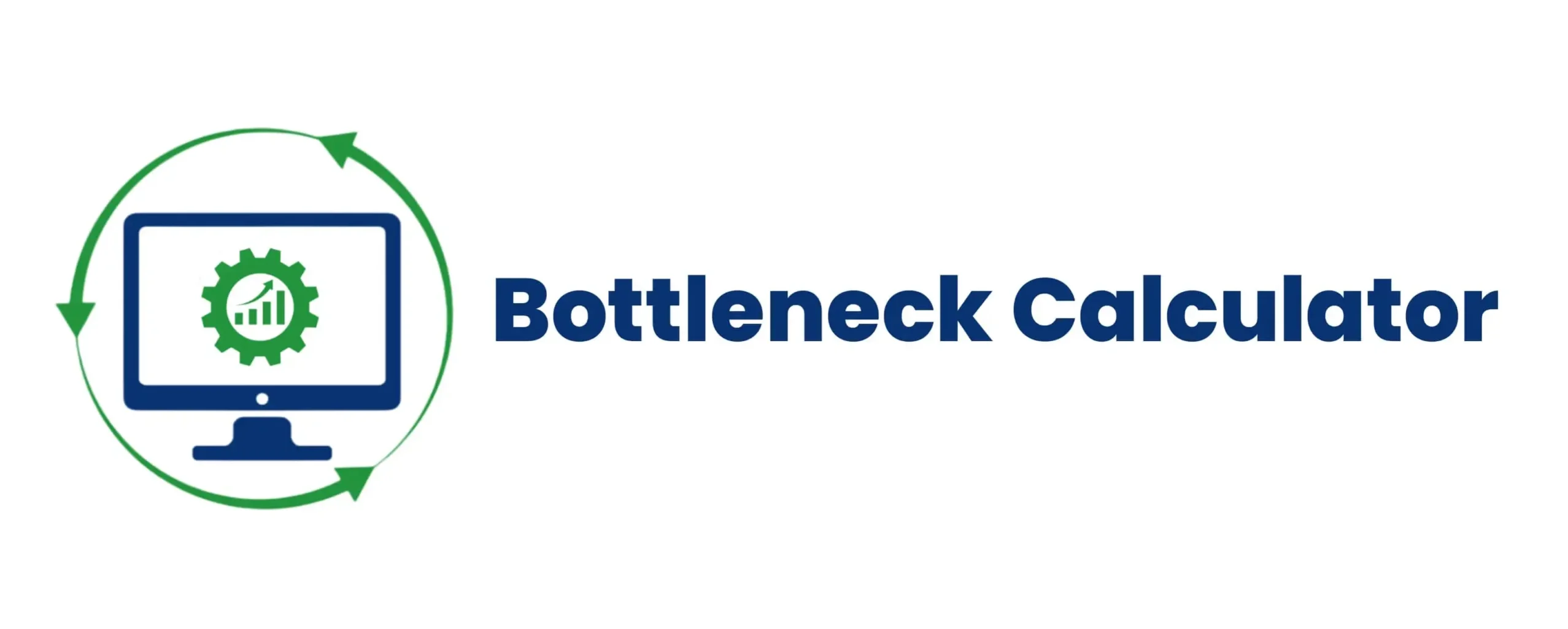Are you also worried about your PC’s poor performance while playing games? This article will teach you how to detect and solve CPU and GPU bottlenecks. A task’s performance depends on how much CPU and GPU it consumes.
Optimizing performance is difficult due to many factors, but using a GPU bottleneck calculator is possible. If you want a better experience, consider many other factors, such as CPU performance.
Click here:

CPU & GPU bottleneck
CPU bottleneck occurs when gamers and developers have difficulty achieving optimized performance. By detecting the bottleneck and finding its solution, we can maintain performance.
The GPU bottleneck occurs when the GPU can not work correctly. It happens when the GPU and CPU are working at about 100%, but the CPU can not work as fast as the GPU, so the CPU becomes the limiting factor.
Causes of CPU bottleneck
Here are the reasons why bottleneck takes place:
- More CPU usage occurs because more than 99% of the CPU is used, but the GPU can not be fully utilized, causing a bottleneck.
- Unpowered CPU: Due to the outdated CPU and low RAM, bottlenecks occur.
- Overheating CPU: the heating up of the CPU slows down the processing speed of the CPU, creating inconsistency.
Symptoms of CPU bottleneck
The symptoms of bottleneck are the following:
- Lower frame rates: The frame rates are lower than the required demand. We face the system’s unresponsive behavior.
- More load time: The apps or tasks take a long time to load, resulting in a poor experience.
- Audio and video issues: While playing any video, we face many video and audio issues, such as video pauses and distorted or delayed audio.
Solutions for CPU bottleneck
The solutions to avoid the CPU bottleneck are given below:
Results of ignoring CPU bottleneck
Ignoring CPU and GPU bottlenecks leads to inappropriate per-application performance and a poor gaming experience. It also causes low frame rates, stuttering, and audio-video problems. So, consider the CPU bottleneck for a smoother and better understanding.
Causes of GPU bottleneck
The main causes of which the GPU bottleneck occurs are the following:
- GPU utilization: When the utilization percentage of GPU is less than about 70%, the bottleneck arises.
- Frame rate: When the system is unable to maintain the desired frame rate, its performance becomes poor.
Symptoms of GPU bottleneck
The symptoms of GPU bottleneck are listed below:
- Frame rate: The low frame rate is a sign of a GPU bottleneck.
- Shuttering: If your system is facing shuttering or lagging, then there is a bottleneck in your system.
- Visual issues: If you encounter visual problems, such as screen tearing and distortion, there is a bottleneck.
Solutions for GPU bottleneck
The solutions to the GPU bottleneck are the following:

Both CPU and GPU bottlenecks affect the system performance. We always have to consider to prevent the bottleneck for an optimized system. We have discussed in detail the reasons and solutions to avoid the bottleneck. So, always keep focus on yous system optimization for an enjoyable experience.
